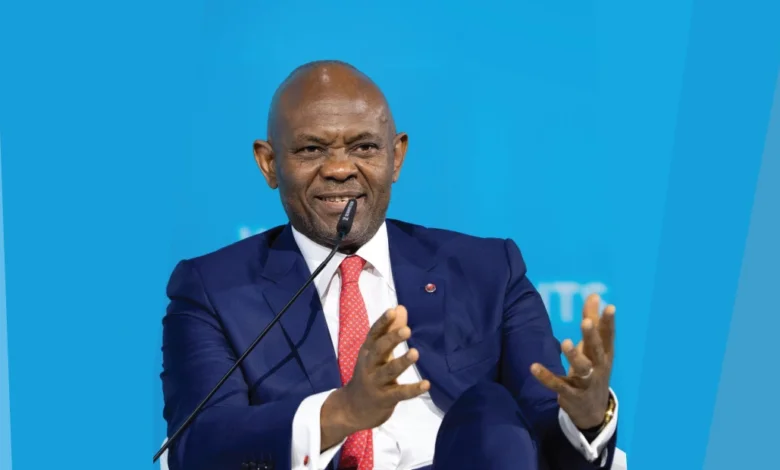Kenya taps $150m for roads securitisation
UBA pledges KSh19 billion (~USD 150 million) to Kenya’s road-securitisation programme, part of a USD 1 billion roadmap to upgrade connectivity and tap institutional capital. The move signals growth-finance innovation and confidence in Kenya’s infrastructure agenda.

In a landmark infrastructure-financing move, the Pan-African lender United Bank for Africa Group (UBA) pledged KSh 19 billion (~USD 150 million) toward Kenya’s roads-securitisation programme, a broader USD 1 billion initiative spearheaded by the government and the Kenya Roads Board. The commitment, announced during a meeting between Kenyan President William Ruto and UBA Chairman Tony O. Elumelu, reflects private-sector confidence in Kenya’s infrastructure agenda and signals a growing role for financial innovation in development financing.
The mechanism behind the program is securitising road-sector receivables — typically fuel-levy revenue streams or toll-collections — to create marketable bonds and attract institutional capital. UBA’s participation means that long-term private capital will underwrite road-network expansion, timely contractor payments and infrastructure continuity rather than repetitive budgetary bail-outs. For Kenya, this offers a financing channel that diversifies away from purely bilateral or multilateral debt and instead monetises domestic revenue flows.
From a macro perspective, the financing advances Kenya’s connectivity and growth agenda. Improved road infrastructure reduces logistics costs, enhances trade-corridor efficiency within the East African Community and increases the return on investment in manufacturing, agribusiness and tourism-linkage sectors. The private-capital injection thus supports both supply-side productivity improvements and credit-market development. For investors, the program signals Kenya’s willingness to deploy innovative financing instruments and engage institutional investor networks across Africa.
The alignment between government objectives and private-sector involvement also strengthens policy credibility. In an environment where fiscal space is constrained, attracting private funding to infrastructure reduces pressure on public borrowing and can improve debt metrics. For the banking sector, UBA’s move exemplifies how development-finance models are shifting toward investment-grade securitisation of public-asset revenue rather than incremental project loans alone.
However, execution risk merits attention. Securitisation depends on predictable revenue flows (fuel levies, tolls) remaining stable, accurate underwriting of road-usage growth and the absence of policy interference. If the underlying receivables weaken due to macro-shock (e.g., fuel-price spikes, currency depreciation) or poor governance, bond performance and investor returns could suffer. Transparency in cash-flow allocation and monitoring is essential.
Forward indicators to watch include: issuance volume of the roads bonds, investor participation rates, contractor payment metrics in the road sector, audits of receivable streams and growth in private-infrastructure funding instruments in Kenya. Positive progress will validate Kenya’s model of infrastructure securitisation and could seed replication in other African economies.





